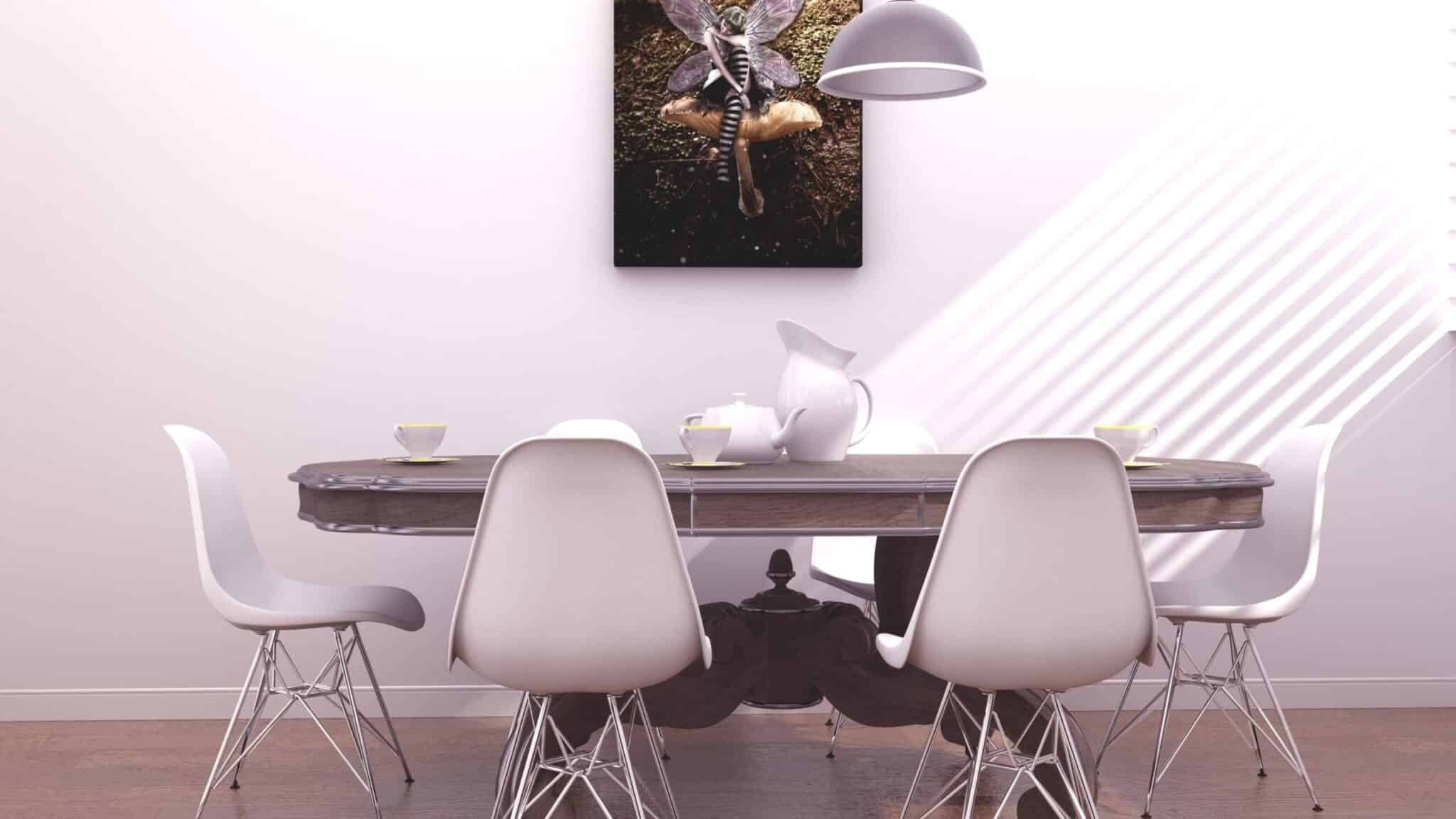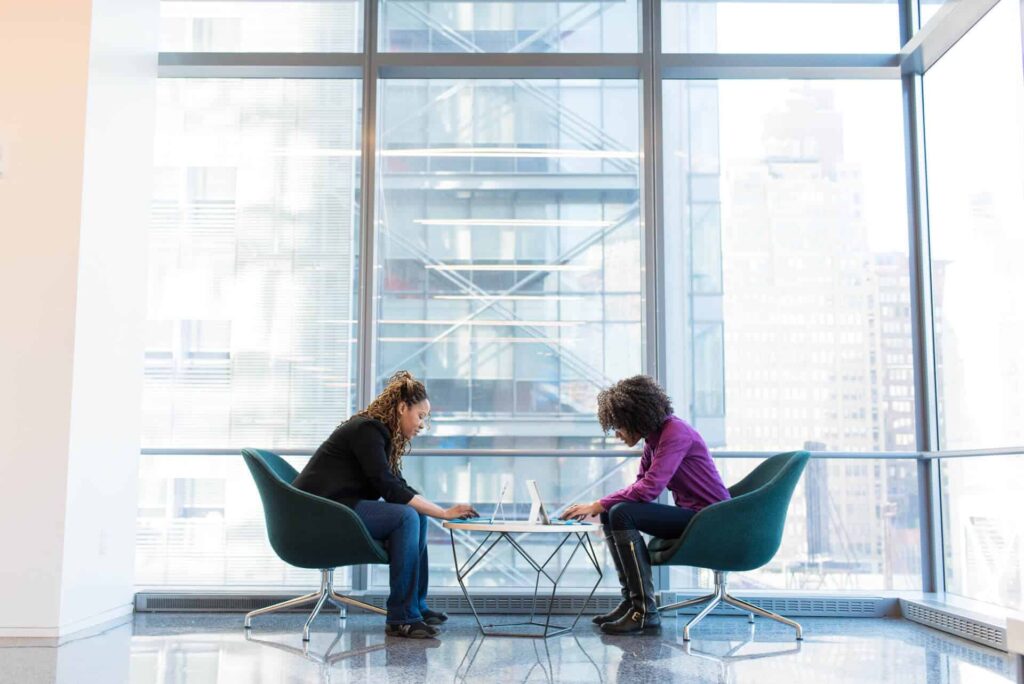“I like to say, one size misfits all. So if you build it all the same it’s not going to work for anybody.”
Dr. Charlie Grantham makes a great point. When one manager builds an office space based on his or her assumptions about what will work for staff, chances are, someone is going to be inefficient, unhappy, destructive, or all of the above.
So what steps can we take to build a better workspace? We spoke with Dr. Grantham to gain insight into his approach.
The corporate futurist, teacher, and author has studied topics related to workplace design, human resource management and facilities management for decades.
CG: I’ve got the advantage of watching the industry and watching the technology mature over time and see how it all responds to different business conditions, some good and some bad. So I’m trying to present people with a longer term perspective. It’s not just today, let’s think about one year, let’s think about five years, and how the needs for the space are going to change.
One change managers are having to adjust to now more that ever is how to best accommodate millennials.
CG: They as a group tend to place more emphasis on the quality of the relationships they have in the workplace and their ability to contribute something and be valuable more so than driven by direct compensation […] they place a higher value on work-life balance, and they place a higher value on giving something back to the community.
Dr. Grantham makes an interesting point regarding who these millennials are. He says we can’t paint them all with the same brush.
CG: When we look at the research we find you can have baby boomers, the 55+ folks, that have those same attitudes who we would call ‘millennial’. So it’s not necessarily directly correlated with chronological age, it’s more correlated with what I call mental age, how they look at the world. […] Don’t just assume because this person walks in the door and they’re 35 years old they’re doing to have these millennial attitudes, and don’t necessarily assume that the person who is about to retire is stuck in that old mindset. […] Don’t make a bunch of assumptions, it’s more about who the person is than how old they are.
(Watch the trailer of the recent hit movie The Intern with Robert De Niro and you’ll never look at a millennial the same way again!)
On that note, Dr. Grantham says the first thing managers should do when designing a new space is to learn about who will be working there.
CG: That, I believe is the single most important thing they can do. If they listen to these people and we build out those spaces based on their felt need, not what we think they need, but what they think they need, we’ll all be a lot better off.
Dr. Grantham has written many pieces for Work Design Magazine, including this piece that explains his six design principles to consider when designing for millennials.
Now, from millennials to tapping into our mindsets. Dr. Grantham is a certified master teacher of Reiki and has a Masters Certificate in the Healing Arts. He has a great understanding of how the energy in our space can affect how we work.
CG: I think there can be different energy centers, somewhat akin to in the human body we call them chakras. And it’s my experience that when those things get out of balance in the workplace, they have a negative impact on people, just as if they get out of balance in the human body, it has a negative impact. […] In chakra theory, the first chakra is called the root which is what literally grounds you to the earth, it gives you a basis to act. The equivalent to that in the workspace is the entry point. It’s the door that you walk through to get into the workspace. So when you translate that into design it’s like ‘what does that foyer look like? What does that greeting area look like that people have to go through to get into the workspace?’ And if it isn’t designed right to connect you with the outside, something’s going to be cut off.
He gives a great example of this.
CG: Can you imagine working inside a bank vault where once you walked into the space in the morning, they shut the door behind you and you are literally locked in it all day? That really would be an example of not having a good grounding chakra to the workspace.
Now, to the other end of the spectrum, the crown chakra.
CG: The crown chakra is at the top of the head and kind of connects one to energy other than ourselves, I’ll just say that, so what the heck does that look like in the workplace? My thinking is that those are the spaces that sometimes we call meditation rooms, that you’re starting to see pop up, sometimes they’re called sanctuaries. Different people have different names for them but they’re basically a physical area in the workspace where one can go to kind of connect to something larger than they are. And what I see in the design world is if you provide people these places and you let them know that’s what they’re there for, they’re happy campers, they’re more engaged in work, they’re less likely to leave that company, all of those things that we’re looking for.
To read more about designing around these energy centers in the workplace, check out Dr. Grantham’s Work Design Magazine article on this topic here.
You can also learn more about Dr. Charlie Grantham’s latest project, The Smart Workplace, where you can find tools for organizations, teams and individuals to better navigate today’s agile work environments.
What trends are you seeing in the world of commercial real estate? Share your thoughts!
Photos: Samson Duborg-Rankin, DesignCue, DesignCue, Monoar Rahman







